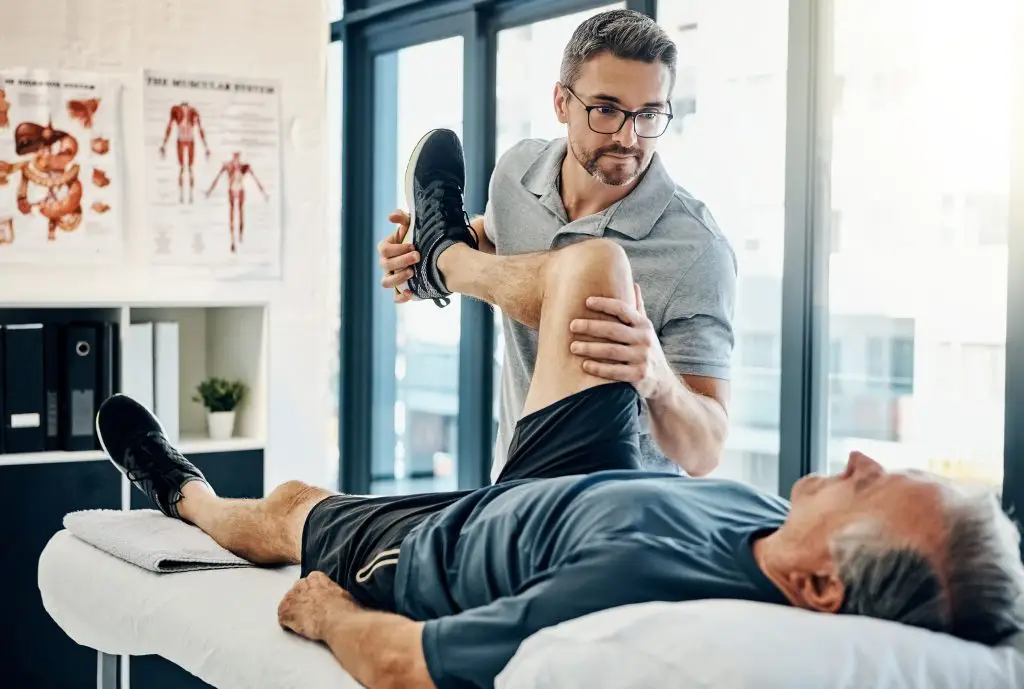Knee pain is a common issue throughout life, whether you’re an adolescent experiencing growing pains or an adult experiencing the wear and tear of arthritis. Fortunately, in both cases, some straightforward interventions are available to relieve the pain in the short term and help you heal from knee pain for years to come.
Causes of knee pain
The knees are complex joints consisting of three bones and many types of interdependent connective tissue. The bones in the knee joint are the tibia (shin), femur (thigh), and patella (kneecap). There are layers of cartilage between the bones that absorb shock and protect the edges of each bone at the joint. Common causes of knee pain that are not explained by a recent injury include:
- Torn or worn cartilage
- Bursitis
- Patellofemoral syndrome
- Tendonitis
- Arthritis (both osteoarthritis and rheumatoid arthritis)
Aging contributes an increased risk to many knee injuries and conditions, especially when the strength and therefore resilience of the muscles in the joint weakens over time. Preventing knee injuries can be as simple as continuing to be gently active with stretches, strength training, and real-life mobility.
Symptoms of knee injuries and conditions
- Swelling
- Instability
- Weakness
- Stiffness/lack of flexibility
Some knee conditions or injuries have similar, overlapping symptoms, which is why it’s important to talk to a medical expert about your symptoms to get the most accurate diagnosis and treatment plan.
We know you’re an expert on your experience of pain and your ideal lifestyle, and we’re here to partner with you to find the lasting relief and return to normal activities you deserve. When evaluating your knee and reviewing your medical history, our physical therapists will consider multiple explanations for your knee pain, including any family history of related conditions, to ensure a nuanced diagnosis that enables targeted and effective treatment.
How physical therapy can help reduce knee pain
When it comes to having healthy joints and knees, strength, flexibility, and healthy tissue are key factors. Physical therapy exercises have been shown consistently to provide effective treatment of many types of knee-related injuries or conditions, including recovery after knee surgery.
The specific techniques you might adopt during treatment for knee pain include:
- Posture and gait analysis
- Strength training
- Flexibility exercises
- Aerobic activity
- Manual therapy
Get help for knee pain today
Knee pain doesn’t always go away on its own, especially as you get older. So no matter how long you’ve been in pain or what you expect your lifestyle to look like, you might be surprised at how successful physical therapy can be to getting your mobility and function back. Learn more about your options for knee pain treatment by calling one of our nearby physical therapy clinics or requesting an appointment online today.

